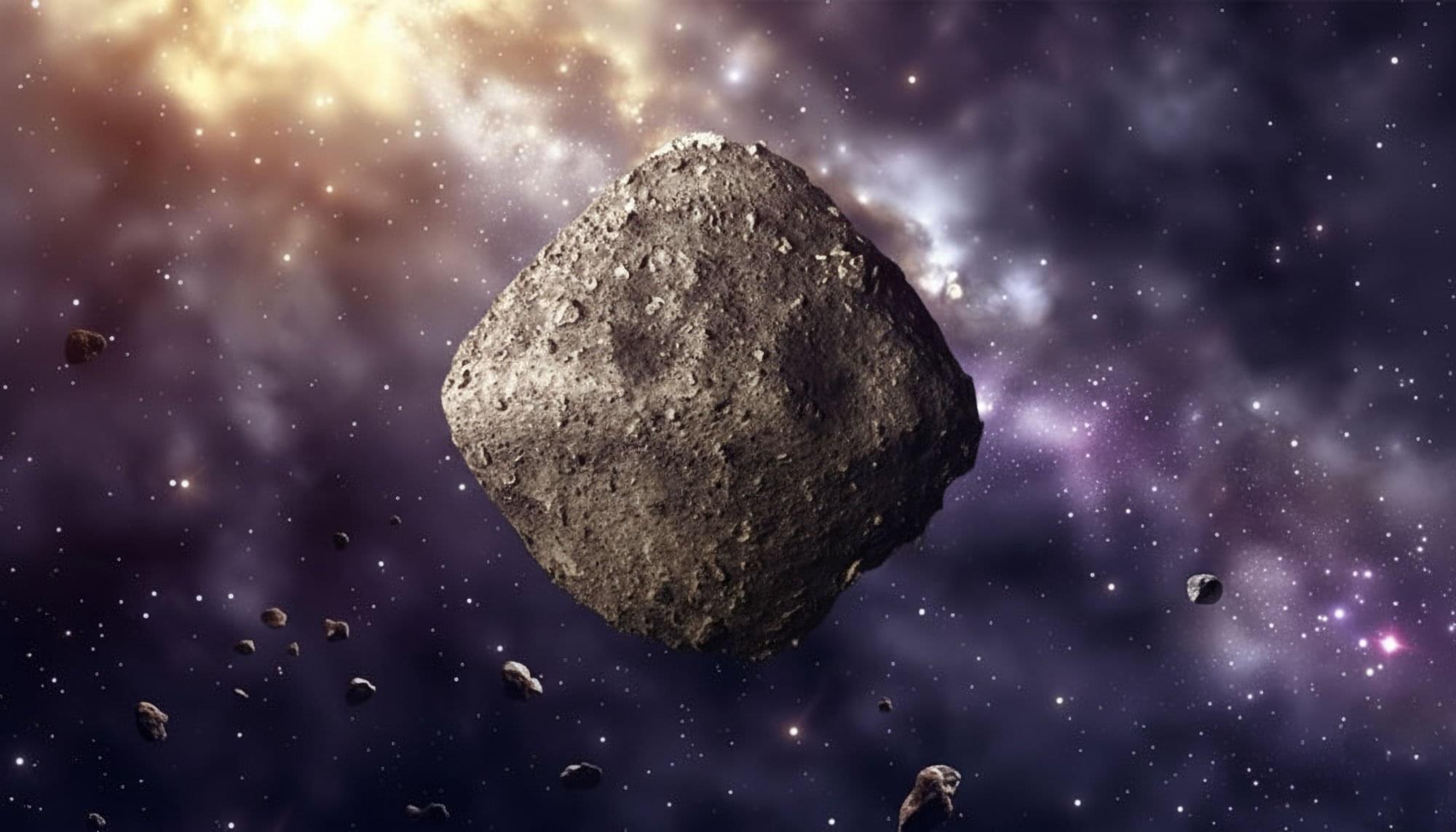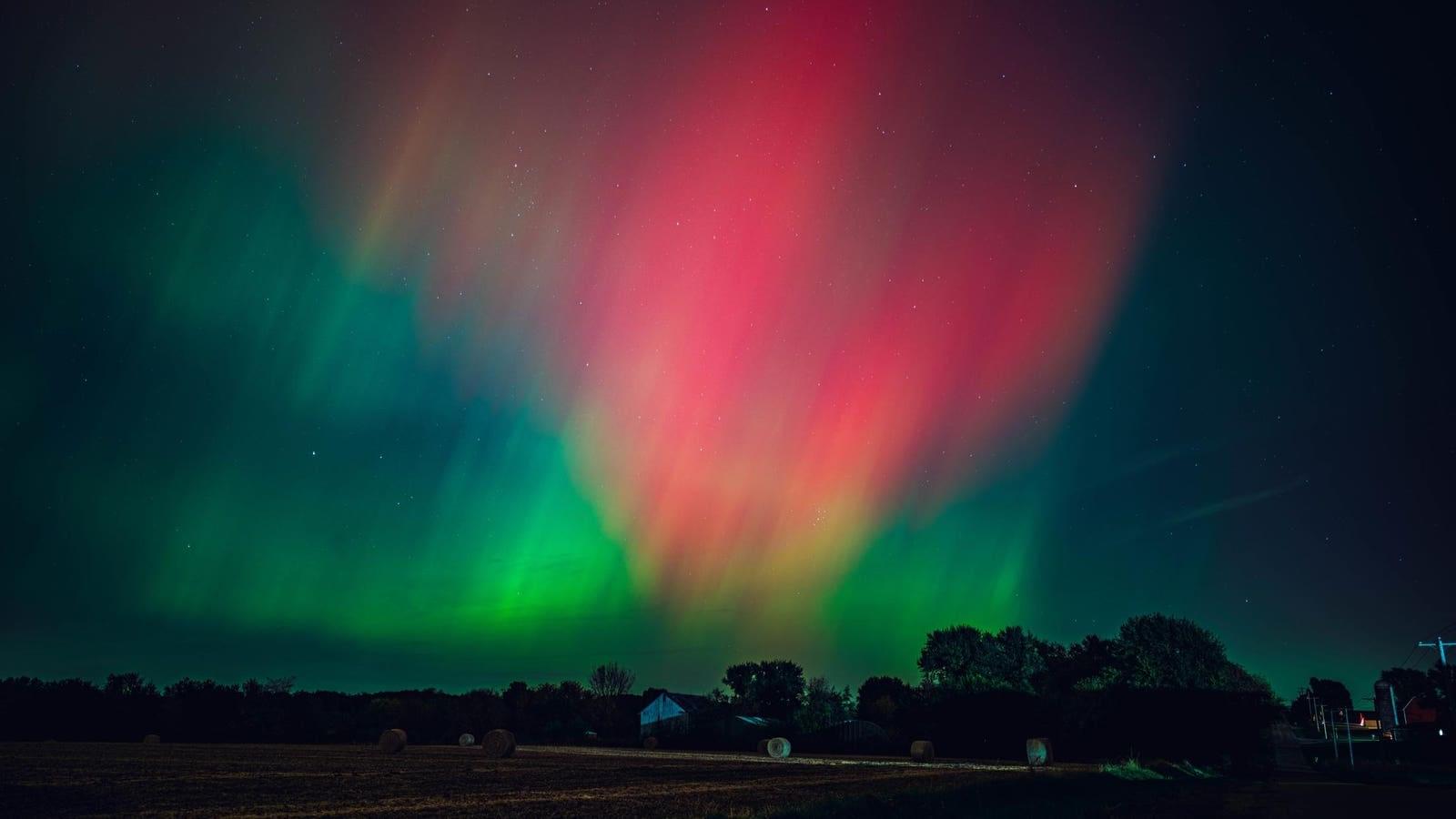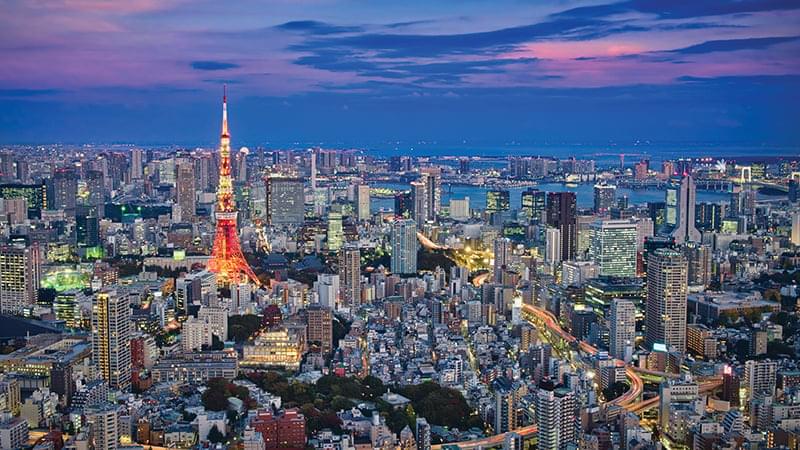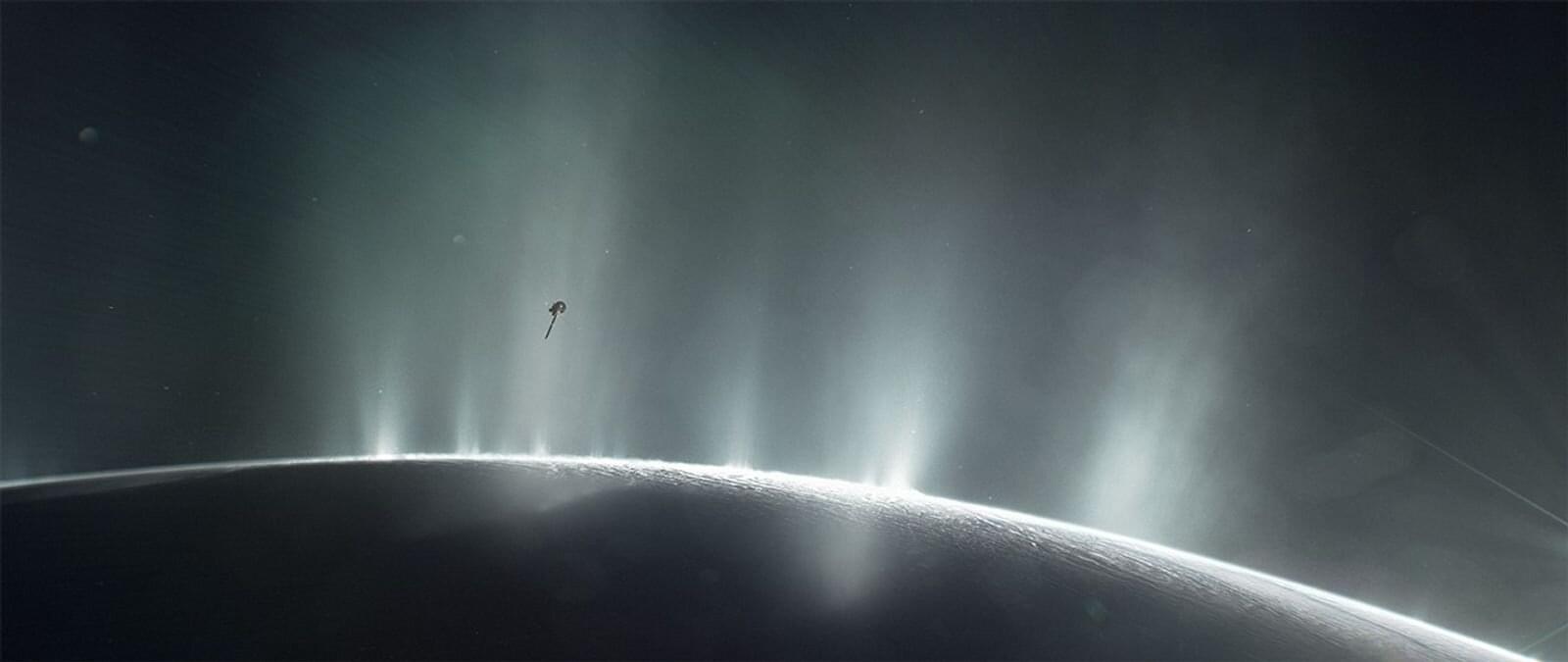Astronomers have discovered that asteroid 1998 KY26, the target of Japan’s Hayabusa2 extended mission, is far smaller and faster-spinning than previously thought. Astronomers have conducted a new study of the asteroid 1998 KY26 using observatories across the globe, including the European Southern
Category: space – Page 23

An Asteroid’s Billion-Year-Old Secret Is a “Genuine Surprise” to Scientists
A group of scientists, including researchers from the University of Tokyo, has found evidence that liquid water once moved through the body of the asteroid that eventually gave rise to the near-Earth asteroid Ryugu. Remarkably, this activity occurred more than a billion years after the asteroid originally formed.
The discovery comes from the study of tiny rock fragments collected by the Hayabusa2 spacecraft of the Japan Aerospace Exploration Agency (JAXA). The results challenge the long-standing belief that water-related processes on asteroids happened only during the earliest stages of solar system history. This new understanding could influence models of how Earth itself was formed.
Although scientists have developed a fairly detailed picture of how the solar system came together, important questions remain. One of the biggest mysteries is how Earth acquired such an abundance of water. For decades, researchers have suspected that carbon-rich asteroids, such as Ryugu, which were created from ice and dust in the outer regions of the solar system, played a major role in supplying that water. Ryugu was visited by the Hayabusa2 mission in 2018, marking the first time a spacecraft both studied such an asteroid directly and returned samples to Earth. These precious materials are now helping researchers address some of the most fundamental questions about the origins of our planet.
Cyborgs: We examine the concepts of cyborgs, clarify what they are and how they differ from bionics, androids, and similar concepts
We also discuss some of the lesser known options for augmentation and explore the notion of man-machine integration.
Join this channel to get access to perks:
/ @isaacarthursfia.
Visit our Website: http://www.isaacarthur.net.
Join the Facebook Group: / 1583992725237264
Support the Channel on Patreon: / isaacarthur.
Visit the sub-reddit: / isaacarthur.
Listen or Download the audio of this episode from Soundcloud: / cyborgs.
Cover Art by Jakub Grygier: https://www.artstation.com/artist/jak… by: Dexter Britain “Seeing the Future” Lombus “Hydrogen Sonata” Sergey Cheremisinov “Labyrinth” Kai Engel “Endless Story about Sun and Moon” Frank Dorittke “Morninglight” Koalips “Kvazar” Kevin MacLeod “Spacial Winds” Lombus “Amino” Brandow Liew “Into the Storm”
Music by:
Dexter Britain.
\



Simulations show Saturn’s moon Enceladus shoots less ice into space than previous estimates
In the 17th century, astronomers Christiaan Huygens and Giovanni Cassini trained their telescopes on Saturn and uncovered a startling truth: the planet’s luminous bands were not solid appendages, but vast, separate rings composed of countless nested arcs.
Centuries later, NASA’s Cassini–Huygens (Cassini) probe carried the exploration of Saturn even further. Beginning in 2005, it sent back a stream of spectacular images that transformed scientists’ understanding of the system. Among its most dramatic revelations were the towering geysers on Saturn’s icy moon Enceladus, which blasted debris into space and left behind a faint sub-ring encircling the planet.
New supercomputer simulations from the Texas Advanced Computing Center (TACC) based on the Cassini space probe’s data have found improved estimates of ice mass Enceladus is losing to space. These findings help with understanding and future robotic exploration of what’s below the surface of the icy moon, which might harbor life.
New Research Identifies Moonquake Dangers That Could Threaten Future Lunar Missions
A recent study found that ground shaking caused by moonquakes, not meteorite impacts, was responsible for altering the terrain in the Taurus-Littrow valley, the site of the Apollo 17 landing in 1972. The research also identified a likely source of these surface changes and evaluated the potential hazards by applying new seismic models, with results that carry important implications for both future lunar exploration and the development of permanent bases on the Moon.
The paper authored by Smithsonian Senior Scientist Emeritus Thomas R. Watters and University of Maryland Associate Professor of Geology Nicholas Schmerr was published in the journal Science Advances.


Scientists discover 63 new young asteroid families—more than doubling the previous number
Young asteroids—which formed much later than those that were created during the formation of our solar system—are typically created when larger asteroids, planetesimals, or comets collide and break up into smaller pieces. These smaller pieces form “asteroid families” that share certain properties, like their semimajor axis, eccentricity, and inclination—all of which describe their orbital paths.
Scientists generally describe young asteroid families as being less than around 10–15 million years old and consisting of at least three members. New research, published in the journal Icarus, just revealed 63 newly discovered young asteroid families less than around 10 million years old. While many of these young families are likely to exist in our solar system, only 43 had been previously documented. The new study used a five-dimensional Hierarchical Clustering Method (HCM) with a catalog of 1.25 million asteroid orbits, which enabled the team to bring the total number of known young asteroid families to 106.
The team searched for clustering in proper orbital elements (semimajor axis, eccentricity, inclination, nodal and perihelion longitudes) at various times in the past 10 million years to find groups with similar elements.

Webb Spots Cosmic Light Show on Rogue Planet
Brilliant aurora-like displays, much like Earth’s Northern Lights, are the highlight of an unusual weather forecast. Instead of coming from a television studio, this report originates from a distant world beyond our solar system.
Astronomers at Trinity College Dublin used the NASA /ESA/CSA James Webb Space Telescope to investigate the turbulent atmosphere of a nearby free-floating planet known as SIMP-0136.
With the telescope’s highly sensitive instruments, researchers were able to measure tiny variations in the planet’s brightness as it spun. These subtle shifts revealed information about its temperature, cloud cover, and chemical makeup.